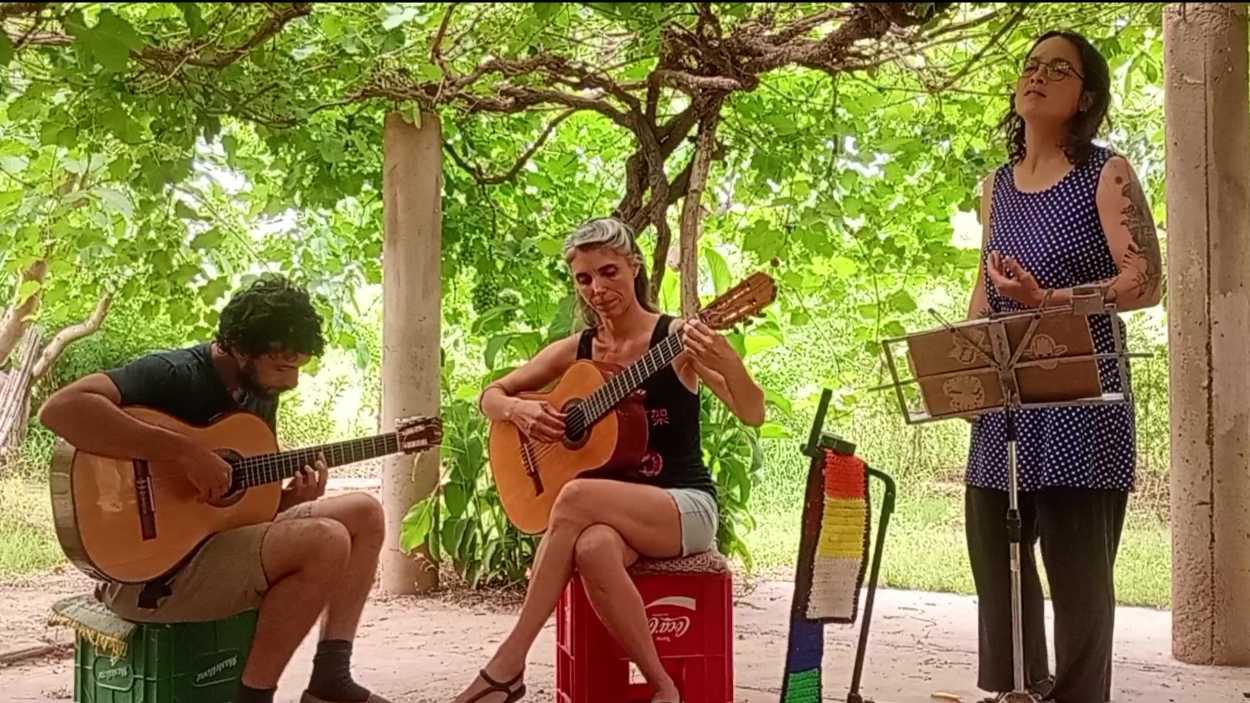Defining Latin America’s Middle Class: Brazil in Focus
Defining Latin America’s Middle Class: Brazil in Focus
Studies measuring the middle class often use absolute indicators based on income levels. But this approach may be problematic, as reports on Brazil’s middle class show.
With a growing focus on Latin America’s middle class, the question arises about how to define who qualifies for it. On Tuesday, the World Bank released a report on the region’s growing middle class showing that it grew by 50 percent from 2003 to 2009. The Bank estimates the middle class accounts for around 30 percent of Latin America’s population now. But what factors are taken into account when deciding how many people form part of the middle class? Salary is often a key factor, and Brazil provides a useful example in how this measure can sometimes prove problematic.
In a November article for Americas Quarterly, the World Bank’s Jamele Rigolini explains two main approaches: using relative indicators, by looking at how many people fit into the “middle” portion of income distribution, or using absolute indicators based on amount of income and consumption. Rigolini argues that while the relative indicator approach can help show levels of inequality, “it fails in capturing anything related to the ‘absolute’ welfare of the middle class.” Luis F. Lopez-Calva, also from the World Bank, favors using absolute income and taking into account a person’s economic stability. “People who are less vulnerable to fall into poverty may be different in terms of risk-taking capabilities, investment decisions, consumption patterns, and the like,” he writes.
Brazil, which accounted for 40 percent of Latin America’s middle class growth by the World Bank’s calculations, exemplifies challenges to using absolute indicators. Brazil’s Secretariat of Strategic Affairs released the second issue of its “Voices of the Middle Class” series this week, showing that the middle class now encompasses 52 percent of the population. In addition, it indicates that 36 million people entered the middle class within the last decade. The government defined this group using a per capita monthly income range from $140 to $493. Roughly 28 percent of the population earns less than $140 per month, while 20 percent earns more than $493.
But some questioned the government’s definition of the middle class. Economics journalist Miriãm Leitão noted that the lower end of the government’s middle class income range—$140 per capita—amounts to 47 percent of the minimum wage. “It doesn’t make sense. It’s obvious a family [earning that amount] isn’t middle class,” Leitão wrote. She also pointed out that consumption has outpaced income over the last two decades. “They’re creating a fantasy of the middle class,” economist Eduardo Fagnani told Agencia Brasil. “The middle class isn’t defined by income, but by position in the population’s structure.” Similarly, the World Bank report explains that in using data on Brazil’s middle class, “many middle-class households…remain close to poverty, and, in addition to facing idiosyncratic risks that may draw them back into poverty, would also be at risk under a worsening of macroeconomic conditions.” José Afonso Mazzon, an economist at the University of São Paulo, also had doubts about the salary levels used by the government. “According to these criteria, there won’t be any poor people left in Brazil in a few years,” he said.
- An Economic Co-operation and Development (OECD) report released on November 13 revealed that Argentines and Brazilians pay the most tax in Latin America, while Venezuelans pay the least. In Argentina and Brazil, governments collect more than 30 percent of GDP in taxes, while the Venezuelan government takes around 11 percent. Brazil’s income tax—nearly 7 percent of GDP—was also higher than the Latin American average of 4.8 percent.
- This week, Brazil’s Congress postponed a vote on the country’s “Internet Bill of Rights,” which established rights and protections for internet users. Concerns also arose over a proposed amendment to the bill which could limit “users’ protection against indiscriminate content removal.” Digital media researcher Sérgio Amadeu da Silveira told the Knight Center for Journalism that the “change is very dangerous…from the point of view of our judicial system. When I accuse someone of a crime, I have the burden of proof.”
- On November 12, Brazil’s Supreme Court sentenced José Dirceu—a former aide to ex-President Luiz Inácio Lula da Silva—to nearly 11 years in jail for heading a vote-buying scheme. Outgoing Supreme Court President Carlos Ayres Britto commented on the importance of the so-called mensalão trial, saying: “The Supreme Court is changing Brazil’s culture.”








